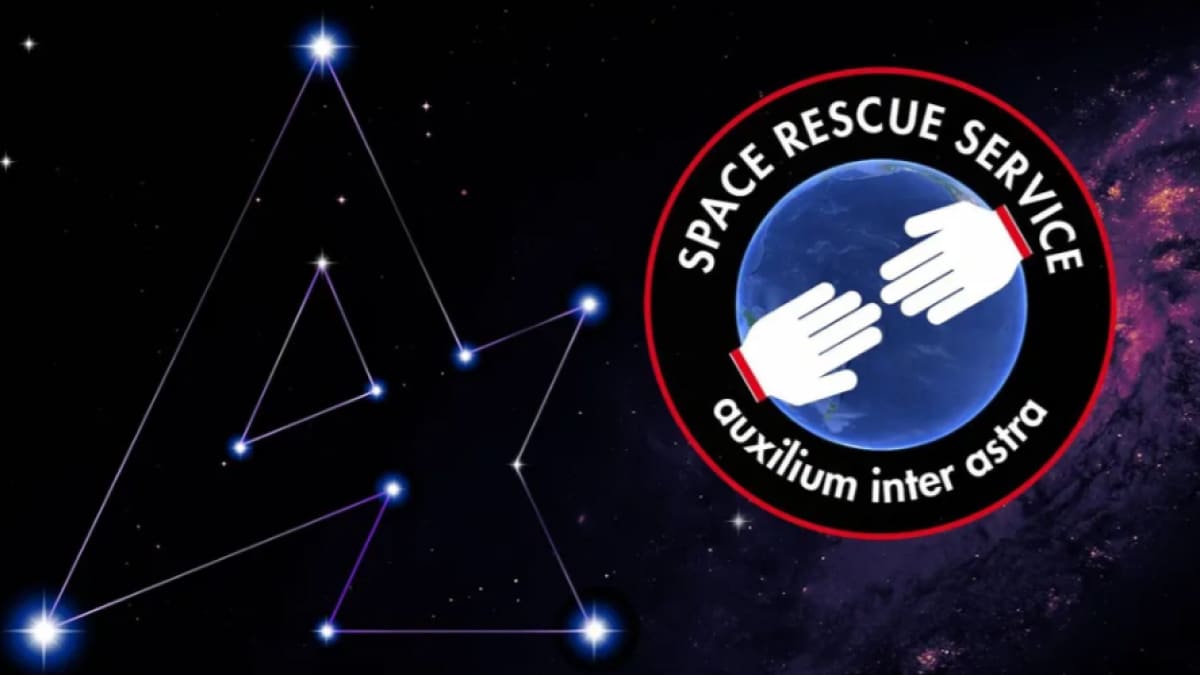

A recent discussion among experts highlights a critical gap in the United States’ capacity for in-space rescues. As human spaceflight missions become more common, the absence of a dedicated “space rescue service” raises concerns about the safety of astronauts in distress. The historical lessons from missions like Apollo and the space shuttle seem to have faded, with current efforts primarily focused on launching and returning crews safely. The recent difficulties encountered by Boeing’s Starliner, which experienced thruster issues during its first crewed flight, underline the need for proactive measures to ensure astronaut safety in emergencies.
Grant Cates, Senior Project Leader at The Aerospace Corporation, emphasises the importance of establishing a robust in-space rescue capability before emergencies occur. He states, “The U.S. has the resources to implement space rescue capabilities, but planning must begin now, rather than waiting until a crisis arises.” The discussions around this topic have gained momentum since a workshop held by The Aerospace Corporation and RAND, where various stakeholders explored strategies for developing a long-term vision for space rescue.
While there is agreement on the necessity of a space rescue capability, Jan Osburg, a Senior Engineer at RAND, notes the lack of a clear mandate. He believes that a collaborative approach, possibly involving private industry, could lead to effective solutions. Osburg suggests that a modest team could begin initial planning for a rescue service, requiring minimal investment compared to the overall costs associated with space missions.
Osburg’s insights draw parallels between the need for a space rescue service and the existing frameworks for underwater rescue, such as the International Submarine Escape and Rescue Liaison Office. He argues that establishing an effective rescue service would not only enhance astronaut safety but also foster international goodwill. A well-designed service could significantly mitigate risks in human spaceflight, potentially leading to an expansion of human activities in space and enhancing the United States’ reputation in space exploration.
In conclusion, the establishment of a space rescue service is critical to ensuring the safety of astronauts and advancing human exploration of space. As discussions continue, it is clear that both governmental and private sectors must collaborate to address this pressing issue.
For the latest tech news and reviews, follow Gadgets 360 on X, Facebook, WhatsApp, Threads and Google News. For the latest videos on gadgets and tech, subscribe to our YouTube channel. If you want to know everything about top influencers, follow our in-house Who’sThat360 on Instagram and YouTube.
Last year's runner-up Aryna Sabalenka survived a gritty Marta Kostyuk and an untimely…
The C8 Corvette ZR1's incredible 1,064 horsepower brings with it a number of superlatives. Add…
From 2010 to 2020, breast cancer deaths among women ages 20-49 declined significantly across all…
Amazon Great Summer Sale 2025 is now live exclusively for Prime members, offering 12 hours…
Netflix India is about to drop a massive storytelling experience at WAVES 2025, and it's…
Punjab Kings won the toss and elected to field against Chennai Super Kings…